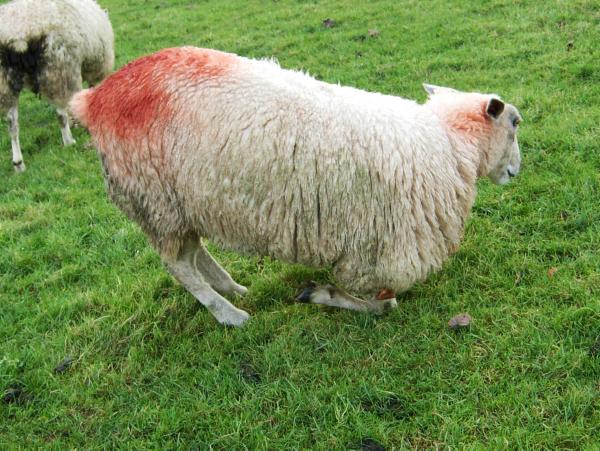It has been a good, dry September, with lower incidences of sheep lameness. However, this is still, and will be, a huge issue over the forthcoming months. I have also noticed a big increase of footrot over the last two years.
There also seems to be a resistance developing to some of the injectable antibiotics used to control affected animals. We can’t continue to use antibiotics alone to control footrot, it is simply unsustainable and will lead to antibiotic resistance into the future. I believe footrot is the biggest disease affecting and threatening most of our flocks.
We must look away from treating individual cases and instead examine flock control. As housing approaches, the risk of spreading is hugely increased. It must be remembered that the bugs causing the problem can live for up to 12 days in the bedding. There can be no doubt it is very costly and one of the most labour-intensive jobs of any sheep farmer.
Any programme must be done annually and incorporate the whole flock. Culling chronically affected animals and treating infected cases promptly and aggressively is essential. Segregation of affected sheep and careful sourcing of replacements is vital.
I always wonder why in Britain vaccination is much more routinely carried out in control programmes.
Affected flocks in Ireland must now embrace Footvax as a means of control, along with other measures I have mentioned.
The cost is somewhat prohibitive, however I have seen where it is used that it is highly effective and in the long term it’s a much more cost effective way of treating lameness. Now is the time for farmers that have an annual issue with footrot to strongly consider vaccinating the entire flock.
I am advocating one shot for each sheep before housing, in combination with footbaths, paring and antibiotic treatment of infected sheep. If after four to six weeks there is still significant levels of infection, a booster shot of the vaccine can be given.
Of course, it is important to investigate the cause of lameness in your flock and then my advice is to use Footvax to control footrot. We must embrace the preventive approach for long-term success in controlling sheep lameness.
*Tommy Heffernan works at Avondale Vet Clinic Arklow, Co Wicklow. Avondale Vet Clinic is part of XLVets. XLVets is a group of progressive practices that work together to achieve a better future for agriculture and veterinary in Ireland. For further information go to www.xlvets.ie
